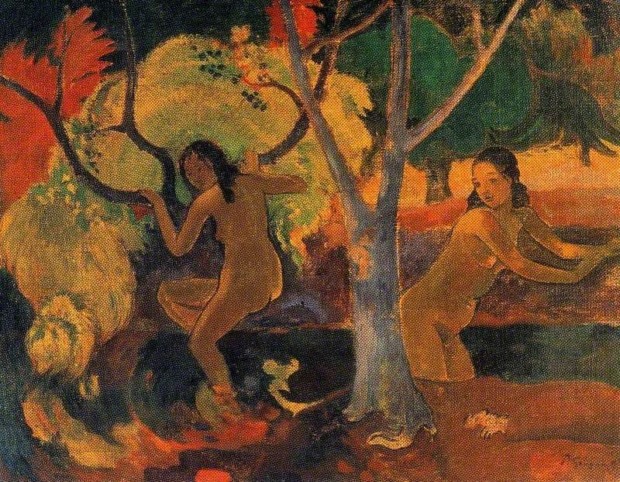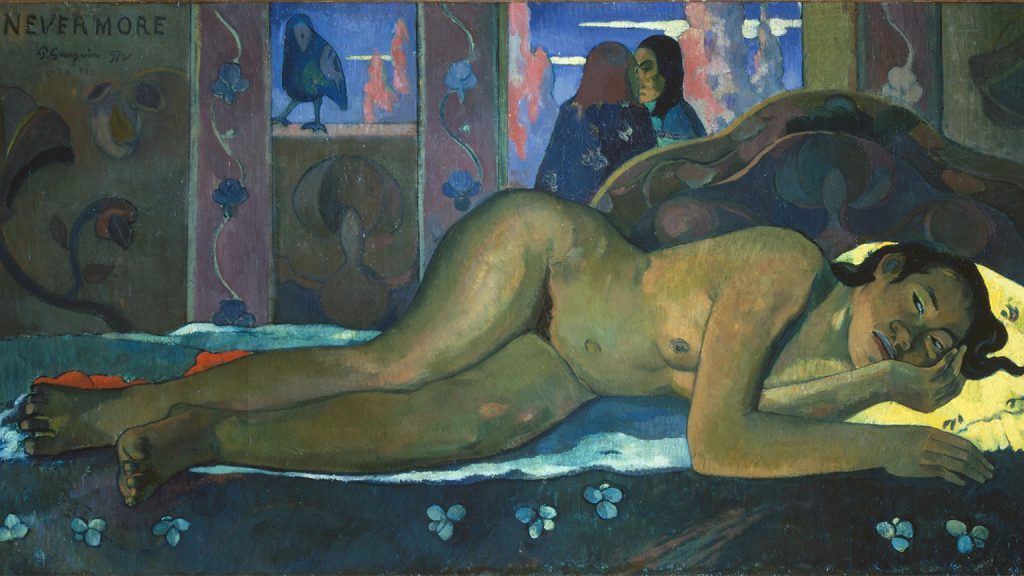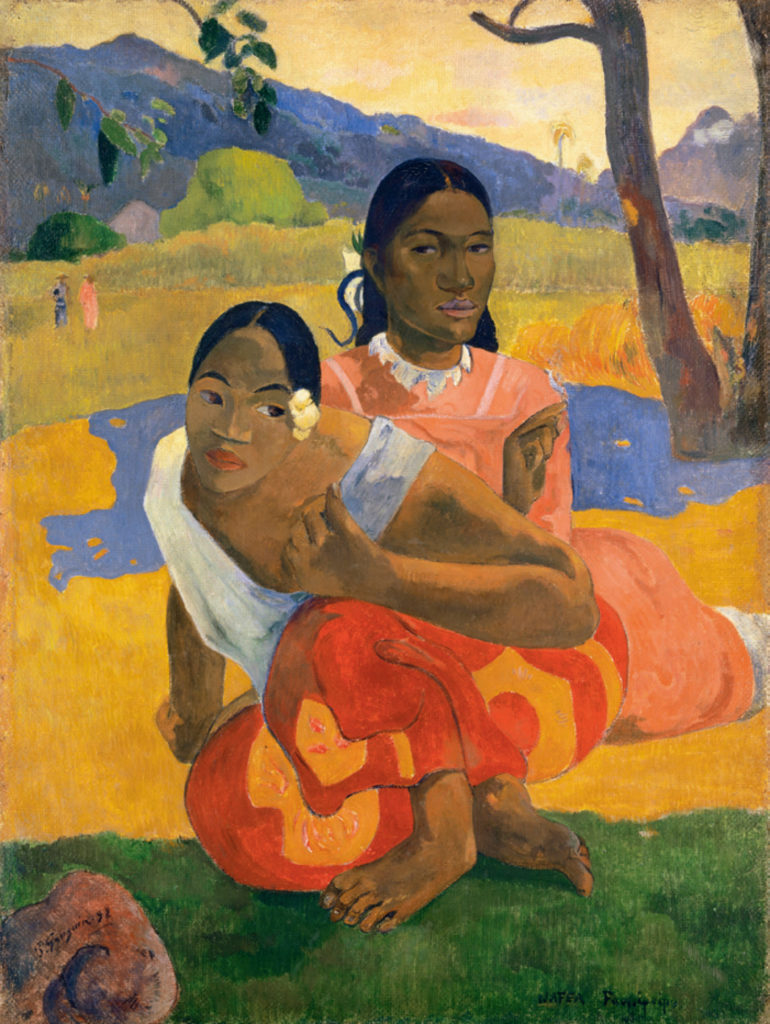Ferdinand Hodler – The Painter Who Revolutionized Swiss Art
Ferdinand Hodler was one of the principal figures of 19th-century Swiss painting. Hodler worked in many styles during his life. Over the course of...
Louisa Mahoney 25 July 2024
When Paul Gauguin visited Tahiti in the 1890’s was he a genius in search of paradise, or a seedy sex tourist?
A painter, printmaker, sculptor, ceramist, and writer, Paul Gauguin was one of the giants of Post-Impressionism and Modernism. His use of vivid colors, simplified forms, and flattened perspective led art scholars to credit him with influencing Primitivism, Fauvism, Cubism, and Surrealism.
Paul Gauguin did not lack confidence. ‘I am a great artist, and I know it’ – he boasted in a letter in to his wife, but in his lifetime, his paintings sold poorly. By 1890 his career had stalled. He was producing very little art and was making no money to support his children. His wife Mette had abandoned him and taken the children.

He became convinced that he should head to French Polynesia, to escape to an untainted world, far from his personal and financial difficulties. Like many white Westerners, he dreamt of the fantasy paradise. Gauguin was fascinated by accounts of Tahiti’s culture and religion – these stories fired his imagination. Sadly the culture he sought had already been ravaged by missionaries and the diseases of the colonial invader.
Paul Gauguin promised his wife that he would return to France rich, influential, and ready to make a new start. In 1891 he took a 3-month passage to the capital of Tahiti, Papeete, but on arrival, he found it ‘too French’ and too expensive. He soon moved on to a native-style bamboo hut in a smaller village, Mataiea, in search of his primitive idyll. By the end of the summer of 1892, he had taken a 14-year-old wife, Teha’amana, who was soon pregnant.

A year later Paul Gauguin abandoned Teha’amana and returned to France, with just four francs in his pocket. His Tahitian paintings were starting to sell however and Gauguin set himself up in the bohemian Montparnasse district of Paris, wearing an exotic Polynesian costume and running a weekly ‘salon’ specializing in his own self-aggrandizement. True to form he sought out an affair with a teenage Indian/Malayan girl known as Annah the Javanese.
Relations with his wife Mette were beyond repair and Gauguin became disillusioned with the Parisienne art scene. He asked contacts to raise money for a return to Tahiti, and a friend arranged a cheap passage for him in June 1895. Although he did produce more incredible work there (and in the Marquesas Islands where he eventually moved), this was not a happy time, and Paul Gauguin died sick and almost penniless, aged 54 on May 8, 1903.
The son of a political journalist and a prominent feminist, the trajectory of Paul Gauguin’s personal life is perhaps surprising. He was clearly driven by an intense desire to explore the art and culture of Tahiti. But equally, he seems to have been driven by a desire to escape from social conventions and morality.

To look at one of the Tahiti paintings, there is no denying the exquisite rendering of those golden skins set against the complementary rich blues and greens of the tropical glade. His scenes depicting Tahitian life are considered possibly his finest works. But after that gasp of sensual delight upon seeing the work, we must remember that these brown-skinned nudes were more than just Paul Gauguin’s models – they were his sex slaves. Whilst in Tahiti, Gauguin slept with countless women. He married three times and infected all with syphilis. One of his brides was aged 13, two were aged 14.
Paul Gauguin has been both championed and reviled by art history. The art remains, of course – it is monumental. Gauguin captured Tahitians at a crossroads between old and new, between indigenous and colonial cultures. We can marvel at the protean genius of Paul Gauguin, but let us never be fooled by the unsustainable myth that artists are beyond the judgment of us lesser mortals.
DailyArt Magazine needs your support. Every contribution, however big or small, is very valuable for our future. Thanks to it, we will be able to sustain and grow the Magazine. Thank you for your help!